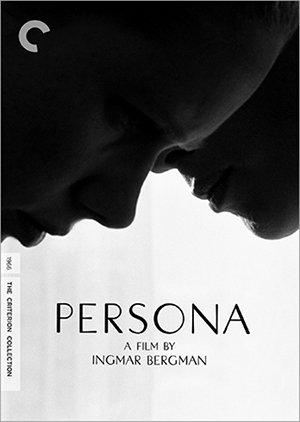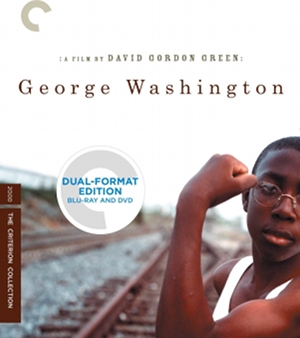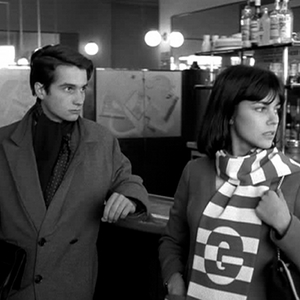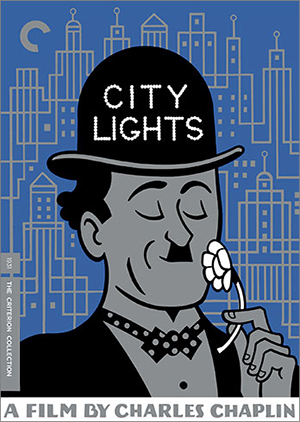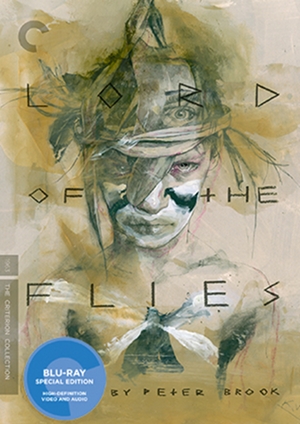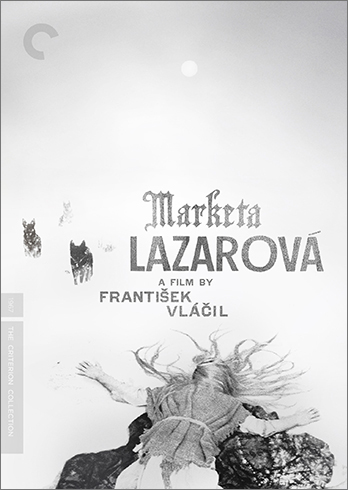Master of the House Review
An insularly tailored domestic “comedy” with hugely reverberative implications, Carl Theodor Dreyer’s 1925 silent, Master of the House, earns its potency both acerbic and chilling primarily through innuendo, specifically in how it suggests the casualness and rampancy with which men abuse their wives. Released into a world of crumbling economic stability, the film indicted the kind of self-pitying male egos that felt entitled to the status quo – haughty patriarchs who would stratify their own family as society would workers. To evoke such lordly behavior, Dreyer uses one family, the Frandsens, as a template for what’s shown to be a ubiquitous issue of the time; his avatar for over-compensatory, limp masculinity acts as a veritable tyrant to his spouse and progeny, who spend the majority of their day evading and diffusing his bitchy tantrums.


